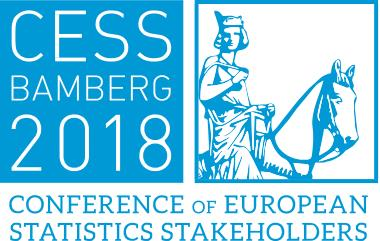Technological evolution brought along, in recent years, a significant increase in the diffusion of devices that can record digital footprints of our behaviour on a daily basis, tracking a vast degree of activities. Constant and basically unintentional production of such tracks generates huge datasets that contain a precious quantum of information about socio-economic behaviour that may be extracted and used [1]. For example, relating to tourism, recent studies have been carried out by the National Statistical Institutes (NSI) for experimenting those new data sources in integrating official statistical data ([2], [3], [4]). On the other hand, several weaknesses are still recognized in the use of such data in terms of quality, accessibility, applicability, relevance, privacy policy and ownership of the data.
The present paper reports some empirical findings of the use of mobile phone data in quantifying the outgoing mobility population flows in the municipality of Florence. In particular, the Statistical office of the Florence municipality is carrying out a number of studies for assessing the use of such data for the estimation of mobility flows among the municipalities of the Florence local labour system (LLS) and for the estimation of visitors and commuters in specific areas of the city. In this contribution, we will address data coherence issues through a comparison with official statistical data on resident and commuter population derived from the ISTAT-ARCH.I.M.E.DE (Integrated archive of economic and demographic micro data) project.
